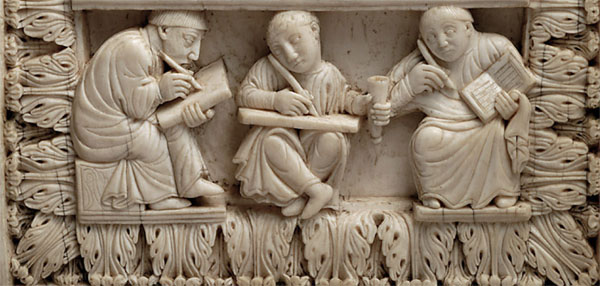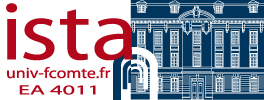Sidonius Apollinarus
This website focuses on Gaius Sollius Apollinaris Sidonius, a fifth-century Gallo-Roman aristocrat, high official, poet, letter writer, and bishop of Clermont (Auvergne) - a key figure in the transition of the later Roman Empire to the early Middle Ages and the dawn of Europe as we know it.It provides news on publications, conferences, and scholars in this field. It contains materials for the study of Sidonius, featuring, among other things, an up-to-date bibliography and files for download such as the complete Latin text of the letters according to Luetjohann's authoritative 1887 edition.




 Mostra una panoramica delle ricerche di versi
Mostra una panoramica delle ricerche di versi














